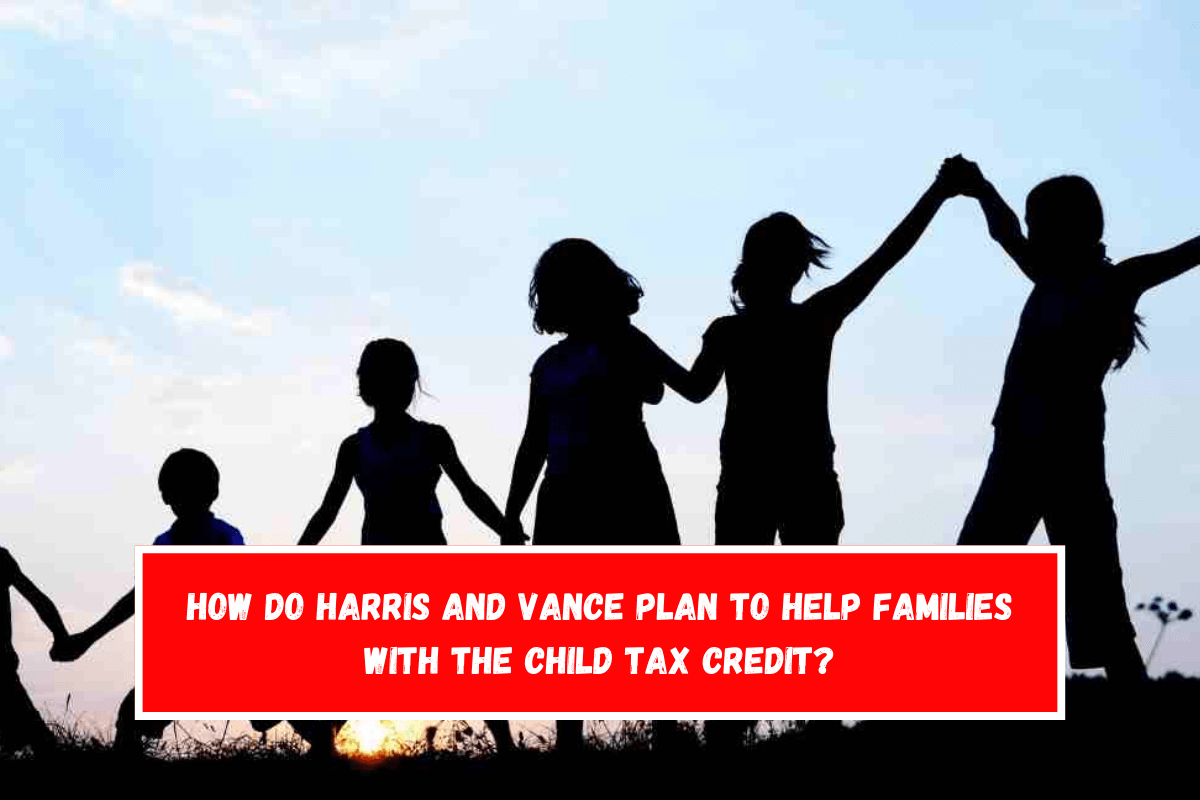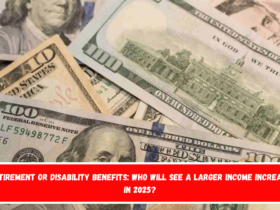The child tax credit has become a major issue in U.S. politics, especially as the election for president draws near. Kamala Harris and JD Vance have different ideas about how to use this credit to help families. This has caused an argument about the best way to help parents at a time when the costs of raising kids keep going up.
These two ideas from Harris and Vance about the child tax credit are two different ways to help American families. Harris wants to help middle- and low-income families more specifically by putting limits on income and changing the credit structure based on the child’s age.
Vance, on the other hand, wants a credit that is available to all families and doesn’t depend on income. This would help more families.
Harris’s proposal: an expanded and more inclusive credit
Kamala Harris, who is Vice President right now, wants to make the child tax credit much bigger. As part of her plan, families with new babies will get a $6,000 credit to help with the costs that come with having a baby. She also wants to raise the credit for older kids, giving $3,600 to each child between the ages of 2 and 5, and $3,000 to those higher.
People could get the money from this plan even if they don’t owe federal taxes because it would be fully refunded. Harris has made it clear that the goal of this plan is to help families during the more expensive early years of their children’s lives.
But Harris’s plan also limits how much money people can make. This bigger credit would be available to families making up to $400,000 a year as a couple or $200,000 a year as a single filer. It was calculated by the Tax Foundation, an independent group, that this plan would cost about $1.6 trillion over ten years.

Vance’s vision: a broad credit without income limits
This is not how JD Vance, the Republican candidate for vice president, wants to do things, though. Vance recently talked about his desire to create a $5,000 child tax credit for each child on “Face the Nation.” However, he didn’t go into specifics about how it would work or whether the money would be refunded.
Vance has said that he doesn’t think there should be any limits on how much money a family can make and still get this credit. This means that families with both low and high incomes could gain. But this idea has caused people to worry about whether it will work financially. It is thought by the Committee for a Responsible Federal Budget that a credit with no limits on income could cost between $2 and $3 trillion over ten years.
Concerns have been raised by both Vance and former President Donald Trump about the low birth rate in the United States. They have both said that families should be able to have children without having to take on too much debt. Vance has talked a lot about how important it is for families to be able to live on a single income, which he sees as very important for the health of homes.
Comparison of proposals: what do they mean for families?
The best thing about Harris’s plan is that it focuses on full refundability, which means that even families who don’t owe much or any tax money could get the money they need. When it comes to families with low incomes, this is especially important because they need help the most.
However, Vance’s plan might be more appealing to families with higher incomes, who also have money problems but would not be able to get the extra help under Harris’s plan. But the fact that Vance’s plan doesn’t have many specifics about how it will be carried out and that it is expected to cost a lot could be big problems.
The current child tax credit: what it offers and what changes could come
The current child tax credit is $2,000 per child. However, the American Rescue Plan Act of 2021 briefly raised this amount to $3,600 for younger children and $3,000 for older children. It was only temporary, though, and the increase will go back to the original $2,000 in 2026 unless Congress does something else.
There are also salary limits for the current credit. For single filers, they are $200,000, and for married couples filing jointly, they are $400,000. Also, parents must work and earn at least $2,500 a year to get the credit. This means that some very low-income families can’t get it.
If lawmakers don’t make any changes, the credit will go back to $1,000 per child in 2026, and kids younger than 16 will no longer be able to get it. These changes were made as part of the Tax Cuts and Jobs Act of 2018, but they will end at the end of 2025, along with other tax cuts.
Also See:- Benefits under SNAP: Food Stamp payments up to $527 prior to September 11















Leave a Reply